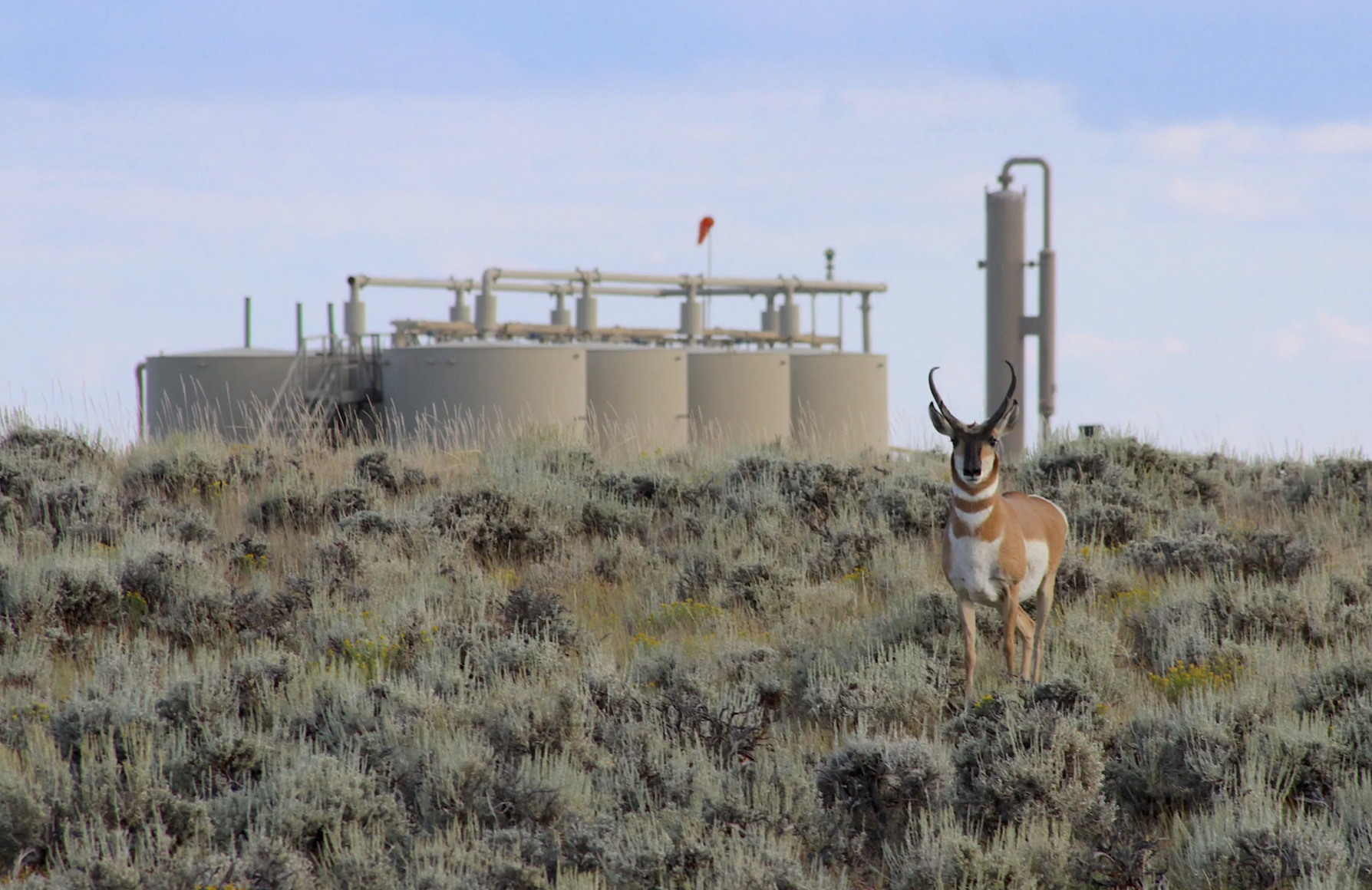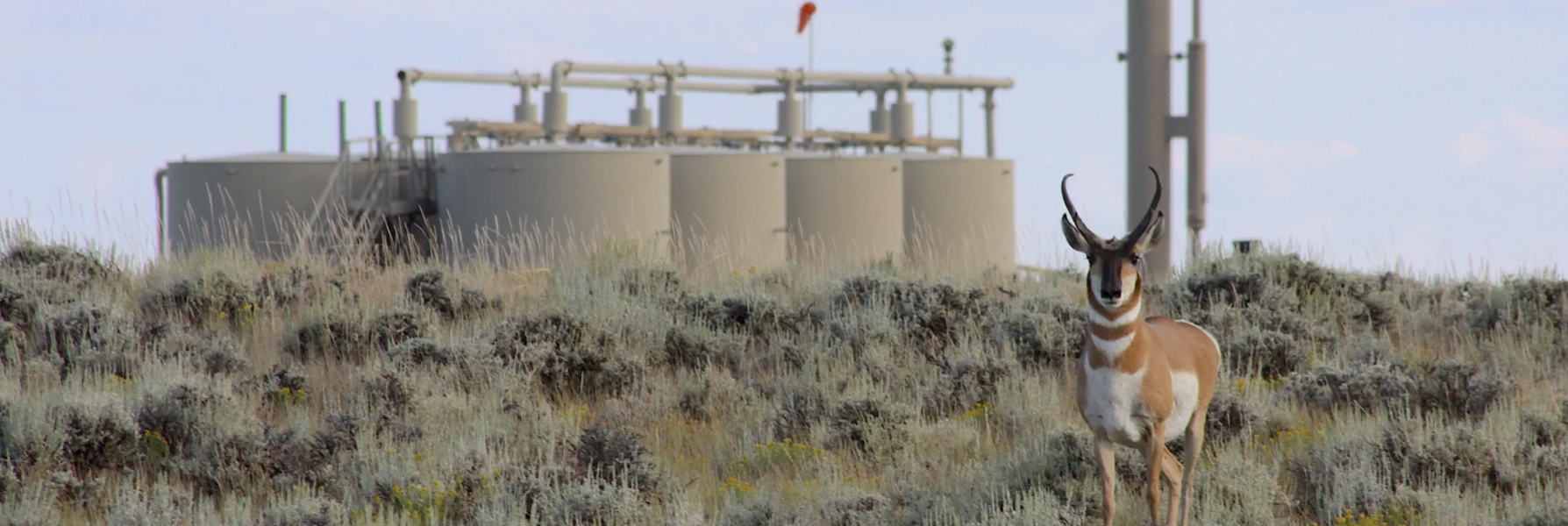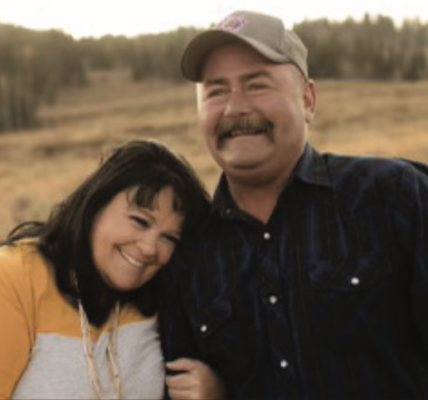
• Conservationists, oil and gas industry debate merits of state protection.
By Billy Arnold
Jackson Hole News&Guide
Via- Wyoming News Exchange
JACKSON — After two hours, John Masterson had read the room.
The oil and gas industry was fighting the Wyoming Game and Fish Department’s proposal to protect one of the longest land migrations in the United States due to concerns that the federal government would use a state-designated migration corridor to shut down extraction.
But conservationists and department staff argued that protecting pronghorn migrations between Grand Teton National Park and the Upper Green River Basin was not only a necessary step to prevent additional population declines but a backstop against federal encroachment. If the state didn’t act, the federal government might step in anyway and take action itself, advocates warned.
So, as the conversation about biology and development morphed into a debate about the role of the state versus the federal government in wildlife management, Masterson took a side.
But first, he addressed the oil and gas industry directly.
“I’m really wrestling with this,” said Masterson, one of the Wyoming Game and Fish Commission’s two newest members. “I hear what you’re saying about this turning into a cudgel and the BLM leveraging it somehow. And that’s possible. That’s absolutely possible.
“But what’s tipping the scale for me is doing nothing,” Masterson said. “If we do nothing, then what do our friends in Washington do?”
Masterson’s comment ended the debate.
The Wyoming Game and Fish Commission voted unanimously not to protect the Sublette Antelope Migration Corridor outright, which will require at least another year of bureaucratic wrangling, but rather to formally “identify” it and direct the department to continue studying whether a formal “designation” of the corridor is necessary.
In November, Game and Fish said the corridor was at high risk of being “lost” due to suburban sprawl and renewable energy development.
Getting to this point has taken four years, the result of an industry-driven delay in the state’s consideration of protecting the corridor.
It will be many months, at a minimum, before the migration corridor receives any formal protections. Game and Fish now has to prepare a formal “risk assessment” of the corridor, then shop that assessment out to stakeholders for review. Then, there will be another commission meeting, where the governor’s appointees will decide whether to formally recommend a “designation.” And then the governor will shop that recommendation out for public review before making a decision.
Only Gov. Mark Gordon’s vote will determine whether the iconic pronghorn migration route will receive additional state protections. Some onlookers have questioned whether those protections have teeth. A formal designation would effectively extend the Bridger-Teton National Forest recognition of the “Path of the Pronghorn” on national forest to other land in Wyoming. But protections enshrined in a formal “designation” wouldn’t apply on private land and would only require a case-by-case review of state-permitted development elsewhere.
The oil and gas industry, which is the backbone of the economy in Sublette County, broadly opposed advancing the designation. Representatives and owners argued that the state should wait to make a decision on the migration corridor until the Bureau of Land Management makes a decision on the controversial Rock Springs Resource Management Plan and whether it will expand sage grouse protections. They also argued that existing approvals for oil and gas development contained sufficient protections for wildlife.
“We’re committed beyond our requirements for all aspects of the environment, and we do believe there are enough protections in place to support the Sublette Herd,” said Jasmine Allison, senior advisor for government affairs for PureWest Energy, based in Pinedale.
Doug Vickrey, a Sublette County commissioner, likewise said that oil and gas was the lifeblood of his community and encouraged the state to move slowly — all while worrying about how hard the Sublette pronghorn herd had been hit after the devastating winter of 2022-23. A combination of severe weather and a new respiratory disease led Game and Fish to estimate that over 50% of the roughly 40,000-animal-strong herd had died. That blow came after the population fell from a peak of roughly 60,000 animals in the mid 2000s.
Biologists and conservationists argued overwhelmingly for the designation, which is supported by Grand Teton National Park.
Rich Guenzel, a retired Game and Fish wildlife biologist who spent years studying antelope, forcefully argued for the designation. Doe-fawn ratios and herd productivity have been declining, he said.
“Maintaining the status quo is not going to help recover populations,” Guenzel said.
Conservationists put the debate in the parlance of federalism. Linda Baker, executive director of the Upper Green River Alliance, reiterated that a designation would have no authority over private land, or federal policy on federal lands. Baker also argued that Wyoming is not really in control of oil and gas development. Rather, she said, the market dictates whether there will be development pressure.
“The commission’s decision to designate the Sublette pronghorn migration corridor is the only truly local management decision within the commission’s power,” she said, advocating approval.
Angi Bruce, deputy director of Game and Fish, meanwhile, said that conservationists and industry were both arguing for the “state to drive the bus.” Designating the corridor is the best way to do that, she said.
“The federal government, today, wants to have a piece of migration. They want to have their name on it,” Bruce said. “If we don’t go forward, they will continue to try to have their name on it as well.”





